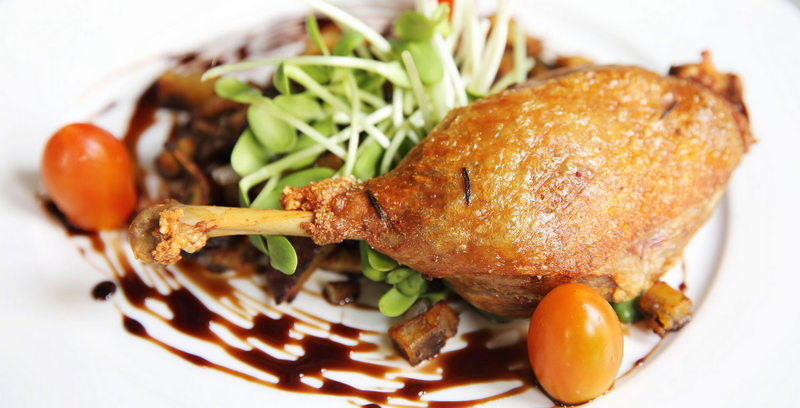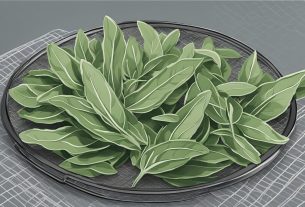The outcome of preparing duck confit is stunningly tasty, this is a very simple dish to prepare. If you are preparing the duck confit dish for the first time, you might have been left shocked that the instruction is to leave it overnight and then reheat the dish the following day. You need to understand how you can reheat your duck confit because an important part of this recipe is the part where you reheat the duck. If you don’t reheat it, it is yet to be ready to be served.
After you have prepared and following the first cooking, you could decide to eat the confit cold, but you have no reason not to reheat it as long as you have the chance. This is because the second session of cooking gives the meal the flavor and crispiness that is needed and that will make you enjoy it.
What is the best way to reheat your duck confit?
You can use different methods or approaches to reheat duck confit just like you can do anything inside the kitchen in many different ways. These two methods include broiling it in an oven or reheating inside a pan.
Reheating your duck confit inside an oven
Preparing is very important whenever you want to use an oven to reheat confit. The first thing to do is to remove the fat from the duck and ensure the fat is kept because you can use it for many things. The best thing is to allow the duck to rest for some minutes at room temperature as you continue to prepare the other things. Once you are ready, check below for what you should do:
- Allow your oven to preheat to a temperature of 400°F
- Put the skin-side of the duck down inside the pan.
- Roast if for about 30-40 minutes, ensuring you turn it to the other side halfway through.
- Once it is cooked, the meat will be evenly warmed and the skin will have a golden brown color.
- Allow it to remain for some minutes to settle and cool before you serve it.
Reheating your duck confit in a stove and a pan
Begin the process by first removing the fat from the duck and ensure you scrape off excess fat clinging onto the meat. When you drop the duck into the hot pan, it could spit. You should leave the duck for some minutes on the counter at room temperature after you remove it from the refrigerator.
- First, allow the pan to preheat at a high temperature on the stove.
- Put the duck inside the pan with the skin side facing down when it is hot and good.
- Allow it to cook for some minutes until you get a skin that is golden brown and crispy.
- Remove it from the pan and allow it to cool for some minutes before you serve it.
A simple trick for incredibly crispy duck confit
Duck should be crispy, that is how you should love it crispy. You can follow a very simple method to make sure that the skin of the duck confit is crispy when it is served. It will be almost crackling when it gets to your table.
It is a very simple step, prepare your confit as you would normally do, at the later end after you have reheated it, just before it is served, deep fry your duck for some time, at most for 1-2 minutes. It will ensure the skin is crispy and you will enjoy the delicate snap whenever you bite into it.

Related Questions
Can I eat duck confit cold?
You can eat your duck confit cold and this is one good thing about it. It is a very versatile dish. It is delicious equally as cold or hot. Once you have made it by going through all the work, you can enjoy it anyhow you want to.
Do I have to use duck fat to cook my confit?
You don’t have to use the duck fat in cooking the confit. You can use any fat whether it is olive oil or chicken fat.
What can I use my leftover or excess fat for?
You can use the flavorful and delicious fat for anything you want to serve the confit with. It could be gravy, baked potatoes, or any other thing. A delicious, delicate flavor will be added by the fat.


